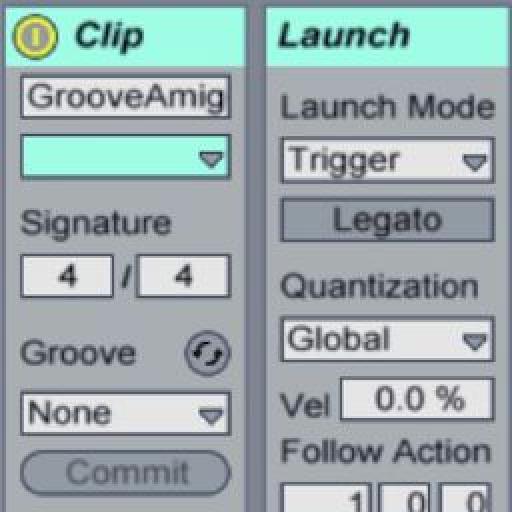

One-of-a-kind sounds via the new Curve editorĬlick any slider in Stutter Edit 2 to edit its unique curve. Combine your stutter edits with aggressive distortion, auto-pan effects, pitch-bent reverb, and much more. Fire off effects on the fly or use a MIDI controller to access dozens of gestures with the touch of a key.Ī new Reverb, Comb, and Chorus module join a suite of 11 insane effects that can move in time with your mix. Instantly create complex rhythmic effects with the new Auto mode. New presets designed by BT deliver a wealth of effects, ideas, and sounds right at your fingertips. Inject new colors and textures into your music with new effects modules and limitless possibilities with the new Curve Editor. In order to hear both the dry and the wet signal simultaneously, you’ll have to place Stutter Edit 2 on an aux track, or else use a device like an Audio Effect Rack in Ableton Live, which will allow you to process the signal in parallel.

With Stutter Edit 2, adding movement to your mix has never been easier. Explore new features like Auto Mode, insane new effects modules, and the Curve editor. Fire off rhythmic gestures, sweeping filters, glitchy effects, or everything at once. When you enable the Stutter Edit device on any of the audio tracks and play the Stutter Edit 6 clip, it will "stutter edit" that audio track.Stutter Edit 2 lets you create the famous “stutter” editing effect with one button to slice and dice your samples, tracks, and mixes. Now you have a clip on the Stutter Edit 6 track. You'll hear the effect on the track playing on audio one. Play a note on your keyboard, as the clip records. Record arm a clip on Stutter Edit 6, and start recording. Make sure the stutter edit device is "on". Now, minimize the grouped track 7, since you won't need to look at these midi channels while playing live. In my example, 8 midi is set to Track One. Set the second midi channel to Track 2, and so on. Midi To: This is individually set to each audio channel.Midi from: Set to Stutter Edit 6, Post mixer.

Set all of these midi channels I/O to the following settings: You can see in the example I have tracks named "8 midi, 9 midi, 10 midi, 11 midi and 12 midi" all grouped under track 7. Do this by selecting the midi channels and hitting Command-G to create a group. Now we need to create some hidden midi tracks to route the audio one at a time to each audio channel. Think of the Stutter 6 track, with its midi clips as the "punch cards" that will tell the player piano (i.e stutter edit) what to do on the audio track.īasically, instead of playing a keyboard to trigger midi notes that then triggers Stutter Edit, we'll play midi clips from this channel to trigger midi notes that will trigger Stutter Edit. Think of the Stutter Edit Device as the Self Playing piano, that sits on each audio track. Midi from: Your keyboard of choice (used at home, to create the clips).Set the I/O on the Stutter Edit 6 channel to the following: All this track will do is hold clips with midi data. This track has nothing on it as far as devices or sounds. Do not put the stutter edit device on this track. I have 5 audio tracks, this then is the 6th track, so I call mine "stutter 6". Next, I create a midi track, and label it "Stutter". The 5 audio tracks should be set this way for the I/o: That way, when I push the button, the Stutter Edit device will turn on, and when I trigger midi data, I'll get the Stutter Edit effect on that audio channel. I then midi map the Stutter Edit device "on/off" to a button on my external controller. I've loaded Stutter Edit on each audio channel.

I want each of the 5 audio channels to be able to independently have stutter effect running.


 0 kommentar(er)
0 kommentar(er)
